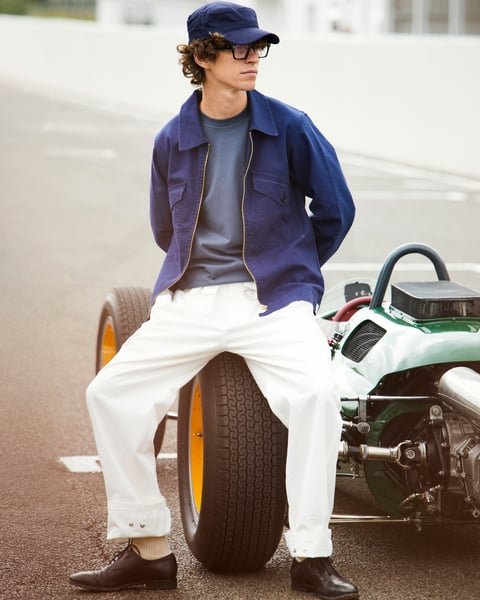Gallery: Williams F1 through the years
Many, many teams have come and gone in Formula 1. From the UK there’s been Cooper, Tyrrell, March, Arrows, Alta, Benetton, Hesketh and many more, and from elsewhere in the world we’ve seen the names Lancia, Maserati, Porsche, Zakspeed, De Tomaso and Eagle arrive and depart the F1 grid. Even Mercedes took a 55-year hiatus. There’s one team, however, that arrived more than 40 years ago and with grit and determination has stayed in F1 ever since. That team is Williams.
Team founder Sir Frank Williams first became involved with F1 in the late 1960s, and there was a previous Williams team – sold to become Wolf – before the current version. It wasn’t until 1977 that Williams Grand Prix Engineering, the team the races to this day, was founded. Williams might be going through a difficult spell at the moment, but to have started from nothing and bloomed to achieve nine constructors’ titles, seven drivers’ championships, 114 race wins and 312 podiums is an almost unbelievable achievement.
The Williams driver pool has been pretty tidy, too, with Nigel Mansell, Damon Hill, Alan Jones, Keke Rosberg, Nico Rosberg, Ayrton Senna, Nelson Piquet, Mark Webber, Juan Pablo Montoya and Clay Regazzoni flying the flag for Williams over the years.
So let’s have a look back at Williams through the years, from 1977 to the present day.
Images courtesy of Motorsport Images.
Williams
Formula 1
Frank Williams























